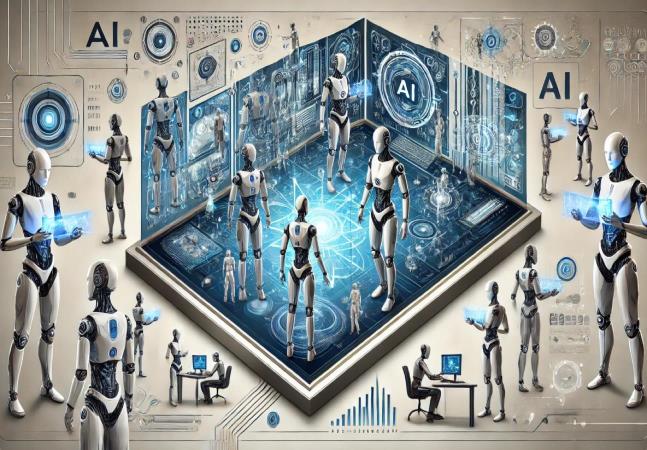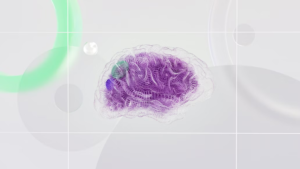Microsoft Enhances Security Copilot with Autonomous AI Agents to Improve Threat Response for Developers

Microsoft Enhances Security Copilot with Advanced AI Agents
Introduction to the Upgrades
Microsoft has made significant improvements to its Security Copilot platform, integrating 11 new autonomous AI agents. These developments aim to assist developers and security teams in managing phishing alerts, addressing vulnerabilities, and protecting AI workloads across various cloud environments. This enhancement shows a notable shift toward automating cyber defense strategies, particularly for modern DevSecOps practices.
Background of Microsoft Security Copilot
Initially launched a year ago, the Microsoft Security Copilot is evolving with these newly introduced AI agents. These agents are designed to automate tasks related to phishing detection, data security, vulnerability management, and threat analysis. This evolution reflects Microsoft’s commitment to using AI not just for defensive measures but also as a proactive approach against increasingly complex cyber threats.
The Imperative for AI Security Agents
The need for automated security measures has never been greater. According to Microsoft, over 30 billion phishing emails were detected in 2024 alone, and the volume of cyberattacks is beyond what human teams can handle alone. Vasu Jakkal, Corporate Vice President at Microsoft’s Security Group, emphasized this point in a recent blog post.
New AI Agents Overview
Of the 11 AI agents, six were developed by Microsoft in-house, while the remaining five come from partner companies such as OneTrust, Aviatrix, and Tanium. These tools are set to start rolling out in preview from April 2025.
Features of New AI Agents
A few notable agents among the new additions include:
Phishing Triage Agent: This agent focuses on filtering and prioritizing phishing alerts, improving its performance based on user feedback.
Conditional Access Optimization Agent: It actively monitors identity systems, identifying policy gaps, and suggesting necessary changes.
- Threat Intelligence Briefing Agent: This agent curates threat insights tailored to fit an organization’s specific risk profile.
Addressing Unauthorized AI Use
As interest in generative AI rises, Microsoft has also highlighted the emergence of what it calls “shadow AI”—unapproved AI usage within organizations. Reports indicate that 57% of enterprises have experienced an increase in security incidents linked to AI, yet 60% admit they do not have sufficient control measures in place.
To tackle these challenges, Microsoft plans to expand its AI security posture management across various cloud platforms. Beginning in May 2025, Microsoft Defender will incorporate AI security visibility across providers like Azure, AWS, and Google Cloud, embracing models such as OpenAI’s GPT, Meta’s Llama, and Google’s Gemini.
Enhanced Security Measures
Additional protective measures include enhanced browser-based Data Loss Prevention (DLP) tools that prevent sensitive data from being submitted into generative AI applications like ChatGPT and Google Gemini. Furthermore, Microsoft is ramping up phishing defense within Microsoft Teams, which has been particularly vulnerable to attacks similar to email phishing.
The Future of AI in Cybersecurity
The rise of AI is creating new avenues for cyber risks, but Microsoft sees it as a pivotal ally in enhancing security. Alexander Stojanovic, Vice President of Microsoft Security AI Applied Research, remarked that this is just the beginning of what can be achieved with security agents.
By adopting an AI-first approach to cybersecurity, Microsoft is positioning itself at the forefront of the emerging autonomous cyber defense market. Analysts suggest that the future of security might hinge less on workforce size and more on automation efficiency in protecting digital infrastructures in an AI-driven era.






